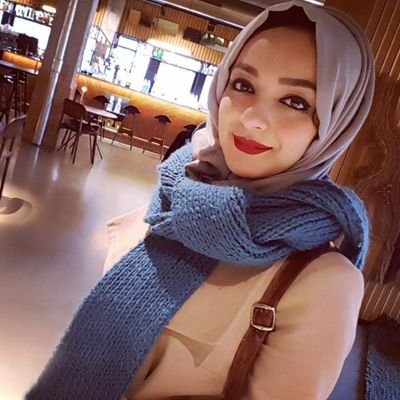Born in Jerusalem in 1936, Samia Halaby was forced out of Palestine during the Nakba in 1948 along with her family. They moved to the United States three years later.
Today, Halaby is a leading abstract artist and a very influential scholar of Palestinian art. She has been active in raising awareness and advocating for the rights of Palestinians through her work and writing. She is now recognised as a pioneer of contemporary abstract art in the Arab Word, and her work has been collected by international institutions since the 1970s.
Halaby’s book Drawing the Kafr Qasem Massacre won the Palestine Book Awards Creative Prize in 2017. This book is a very important example of history being documented through visual art. Published on the 60th anniversary of the massacre, Halaby employed textual narrative and “documentary drawing” to tell the story of Kafr Qasem, while capturing a series of painful moments in Palestinian history. “It took me, in a way, fourteen years to accomplish this project,” she told MEMO.
The artist and scholar was approached by a Berlin-based Palestinian woman, Aisha Amer, about the possibility of highlighting the brutal massacre carried out by Israeli border police on 29 October 1956. Soon after that initial approach, Halaby found herself in the Palestinian village of Kafr Qasem tracing back what happened decades earlier when almost fifty Palestinian Israeli citizens were killed as they returned home from their work in the fields unaware that a curfew had been imposed.
“When I was in Palestine,” explained Halaby, “for a period of three months I started going more often to Kafr Qasem and making small sketches. As I worked I had more questions and a growing curiosity and fascination to find out more and more.” She pointed out that Kafr Qasem’s residents were themselves doing their best to document the events of the massacre in order to preserve the collective memory and teach the younger generations about what happened on that fateful day.
Halaby produced her first set of drawings in 1999, the same year that she began exploring the events of Kafr Qasem and seeking testimonies from the village’s residents.
“In 2006, on the 50th anniversary, Curator Maymanah Farhat suggested I make it part of an exhibition we were having in New York and so I did another set of drawings. It was then that I conceived the idea that a book should be made.”
The book is hard to classify as a creative project, Halaby explained. “I’m telling the story but it’s not anthropology. I’m in the village. I’m Palestinian myself. I understand what they’re feeling and what they’re going through to some extent and so there is a personal connection there.”
She said that the process of putting the book together was a difficult one, partly because of how painful it was for the survivors of the massacre to remember and recount what happened. “Since their intention was to teach the new generations, I had to respect the new generations and how they would see their parents and their parents’ experiences.”
What she didn’t want was for them to be seeing piles of dead bodies, disrespect and blood and gore. “I wanted them to see what bravery and heroism there was, and sumud [steadfastness].”
Kafr Qasem was subjected to a tight military cordon and a media ban following the massacre, and it was three weeks before news of what had happened was known. Although the Israeli border policemen involved in the shooting were found guilty and sentenced to prison terms, they were all pardoned and released within a year.
“Every family [in the village] was affected, and there was an attempt to silence them and an attempt to… force them to take part in a conciliatory event with the military,” Halaby concluded. “It stands as a great example of the horrors that happen to Palestinians over and over again.”








